Web3 is changing how we use the internet, especially for tech enthusiasts, by introducing decentralized technologies. At the center of this change is Decentralized Physical Infrastructure Networks (DePIN). For developers and businesses interested in blockchain and decentralized platforms, understanding DePIN is essential.
In this article, we will explain what DePIN is, how it works, its benefits, and its potential uses in the Web3 world.
What is DePIN?
Decentralized Physical Infrastructure Networks (DePIN) are transforming how we build and run physical networks using Web3 technology. In the past, traditional systems, whether it’s telecommunications, transportation, or energy, depended on centralized control. DePIN acts as the solution by using blockchain’s decentralized technologies to allow individuals and businesses to contribute to and benefit from these networks.
DePIN incentivizes participation with cryptocurrency, encouraging people to use their own devices, like hard drives, wireless nodes, or in-car tracking devices, as part of the infrastructure. This approach supports a variety of services, from decentralized car-sharing with electric vehicles to community-driven energy solutions like solar power sharing.
These networks can manage decentralized grids or support collaborative mapping, integrating everyday activities with the decentralized web. This model enhances efficiency, and resilience, and democratizes access and control.

How DePIN Works
Decentralized Physical Infrastructure Networks (DePIN) leverage a network of nodes—physical components such as sensors, devices, or entire systems. These modes help DePIN create a more resilient and efficient infrastructure management model.
Here’s an in-depth look at how DePIN functions:
Decentralized Nodes
At the heart of DePIN are the nodes operated by individuals or entities. These nodes contribute critical resources, including bandwidth, computing power, and storage, to the network. Each node plays a pivotal role in maintaining and enhancing the infrastructure, ensuring that it operates seamlessly without depending on a central authority.
Blockchain Integration
The integration of blockchain technology is a cornerstone of DePIN. A blockchain ledger meticulously records all transactions, contributions, and rewards within the network. This ensures a high level of transparency and security, as every action is verifiable and immutable.
The blockchain’s decentralized nature also means that no single entity can manipulate the records, thereby fostering trust among participants.
Smart Contracts
Smart contracts are automated agreements that execute predefined actions when specific conditions are met. In the context of DePIN, smart contracts facilitate transactions and agreements between nodes without the need for intermediaries.
This automation reduces the potential for human error and fraud, streamlining processes and ensuring that all parties fulfill their obligations.
Incentive Mechanisms
DePIN employs robust incentive mechanisms to encourage participation and resource sharing. Participants are rewarded with tokens or other forms of cryptocurrency for their contributions to the network. These incentives ensure that nodes remain active and continue to provide the necessary resources, thereby sustaining the network’s functionality and growth.
Governance
DePIN operates under decentralized governance models, where decisions regarding the network’s operation and maintenance are made collectively. This often involves voting mechanisms that allow all participants to have a say in the network’s evolution.
Such a democratic approach ensures that the infrastructure adapts to the needs and preferences of its users, enhancing its relevance and effectiveness.
Paradigm Shift: From Centralized Control to Decentralized Ownership in DePIN
As earlier stated, the rise of Decentralized Physical Infrastructure Networks (DePIN) signifies a shift from traditional centralized control to decentralized ownership. Historically, infrastructure management relied on centralized entities like governments or large corporations. This model, while streamlined, often led to inefficiencies and vulnerabilities due to its reliance on a single point of control.
DePIN transforms this by distributing control and decision-making across a network of nodes. Each participant, whether an individual, organization, or automated system, contributes resources and plays a role in managing the infrastructure. This decentralized approach is aligned with Web3 principles, which emphasize decentralization, transparency, and user empowerment.
Web3 technologies, such as blockchain and smart contracts, underpin DePIN’s model, ensuring secure, transparent, and automated interactions. This shift from centralized to decentralized control marks a new era in infrastructure management, promoting resilience and collaborative governance.
Comparison Between DePIN and Traditional Infrastructure
Here is a quick table showing the comparison Between DePIN and traditional infrastructure.
| Feature | Traditional Infrastructure | DePIN |
| Control | Centralized | Decentralized |
| Ownership | Single entity | Distributed among participants |
| Transparency | Limited | High (via blockchain) |
| Resilience | Vulnerable to Single Points of Failure | Inherently Resilient |
| Cost | High Overheads | Lower Costs through Shared Resources |
| Governance | Top-Down | Collective Decision-Making |
| Incentives | Profit-Driven | Incentive Mechanisms for Participation |
Basically, from this table, it is clear that traditional infrastructure models are often limited by their hierarchical nature, which can lead to inefficiencies and a lack of transparency.
DePIN, by contrast, offers a more open, resilient, and inclusive approach to infrastructure management.

Benefits of DePIN
The advantages of Decentralized Physical Infrastructure Networks (DePIN) extend beyond just decentralization. Here are some key benefits:
Cost Efficiency
By distributing the operational load across a network of nodes, DePIN significantly reduces overhead costs associated with traditional infrastructure. This decentralized approach eliminates the need for a centralized entity to manage and maintain the entire system, leading to substantial savings on administrative and operational expenses.
Enhanced Security
Decentralized networks are inherently more secure because they lack a single point of failure. In a traditional centralized system, compromising the central hub can disrupt the entire network. However, in DePIN, an attack on one node does not jeopardize the whole system, as the network can continue to function with the remaining nodes.
Scalability
DePIN offers superior scalability, as new nodes can join the network without requiring significant changes to the existing infrastructure. This flexibility allows the network to grow organically and efficiently, accommodating increasing demand and technological advancements without the need for extensive restructuring.
Innovation
Open participation in DePIN fosters innovation, as developers and businesses can build on top of the existing infrastructure without needing permission from a central authority. This open-access model encourages a diverse range of contributions and ideas, driving technological progress and the development of new applications.
Democratization
DePIN empowers individuals and smaller entities by giving them a stake in the infrastructure. This promotes a more equitable distribution of resources and control, allowing a wider array of participants to influence the network’s development and operation. By decentralizing ownership and governance, DePIN supports a more inclusive and democratic infrastructure system.
Potential Applications of DePIN in Web3 and Businesses
The potential applications of DePIN are vast and varied, particularly within the Web3 ecosystem and business environments. Here are some notable examples:
Telecommunications
DePIN can revolutionize telecommunications by creating decentralized networks for data transmission. Instead of relying on large telecom companies, individuals and businesses can contribute to and benefit from a collectively owned and operated network.
Energy Grids
In energy grids, DePIN can facilitate the creation of decentralized power distribution networks. Households and businesses with solar panels or other renewable energy sources can share excess energy with the network, promoting sustainable energy usage.
Transportation
DePIN can enhance transportation infrastructure by decentralizing the management of traffic data, vehicle sharing, and maintenance services. This approach can lead to more efficient and responsive transportation systems.
Smart Cities
Smart cities can leverage DePIN to manage everything from utilities to public services. By decentralizing control, cities can become more responsive to the needs of their residents and more resilient to disruptions.
Supply Chain Management
DePIN can improve supply chain management by increasing transparency and reducing reliance on single points of control. Blockchain technology can track the movement of goods, ensuring accountability and reducing fraud.
Looking Ahead: The Future of DePIN and Web3
The future of DePIN and Web3 is incredibly promising. As more industries and sectors recognize the benefits of decentralization, the adoption of DePIN is likely to accelerate. The convergence of blockchain technology, decentralized governance, and physical infrastructure has the potential to create more efficient, transparent, and equitable systems.
In the coming years, we can expect to see DePIN playing a pivotal role in the development of smart cities, sustainable energy solutions, and resilient telecommunications networks. By embracing this new paradigm, businesses and communities can unlock unprecedented levels of innovation and collaboration.
Zypto: Transforming Blockchain with DePIN Innovations
At Zypto, we’re revolutionizing blockchain with cutting-edge scaling solutions. As a licensed EU Virtual Asset Service Provider, we enhance the scalability and efficiency of Web3 applications, which is crucial for the success of Decentralized Physical Infrastructure Networks (DePIN). DePIN’s decentralized ownership and decision-making are core to Web3, promoting security, innovation, and democratization.
Ready to experience the future of Web3? Visit our website to learn how Zypto can optimize your decentralized operations.
P.S.: We welcome your comments and questions. Share your thoughts below!

FAQs
How does DePIN ensure security?
DePIN enhances security by eliminating single points of failure and using blockchain technology to ensure transparency and verifiability of transactions. Decentralized networks are less vulnerable to attacks, as compromising a single node does not affect the entire system.
What role do smart contracts play in DePIN?
Smart contracts automate transactions and agreements between nodes in a DePIN network. They eliminate the need for intermediaries, reduce the potential for disputes, and ensure that terms are executed as programmed, enhancing efficiency and reliability.
How can businesses benefit from adopting DePIN?
Businesses can benefit from adopting DePIN through reduced operational costs, enhanced security, and increased innovation. By participating in decentralized infrastructure networks, businesses can access a more resilient and scalable infrastructure, fostering collaboration and growth in the Web3 economy.
How does DePIN contribute to the Web3 ecosystem?
DePIN aligns with the principles of Web3 by promoting decentralization, transparency, and collective ownership. It enables the development of more robust and democratic infrastructure systems, supporting the broader goals of Web3 to create a decentralized and user-driven internet.




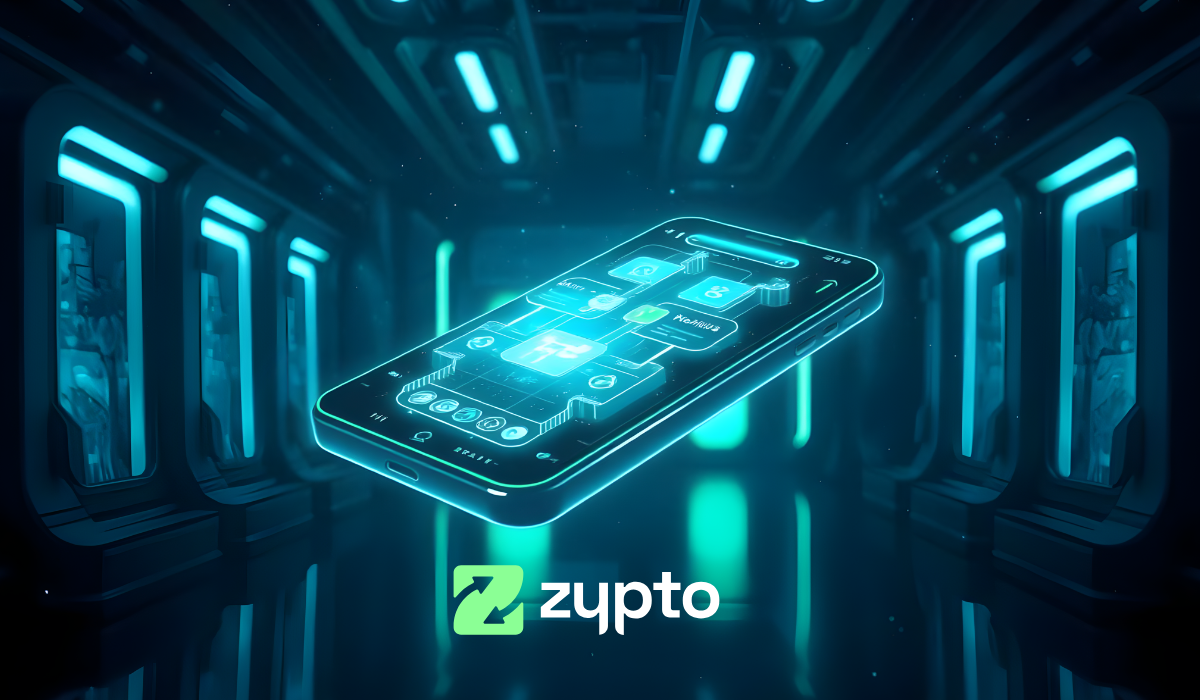
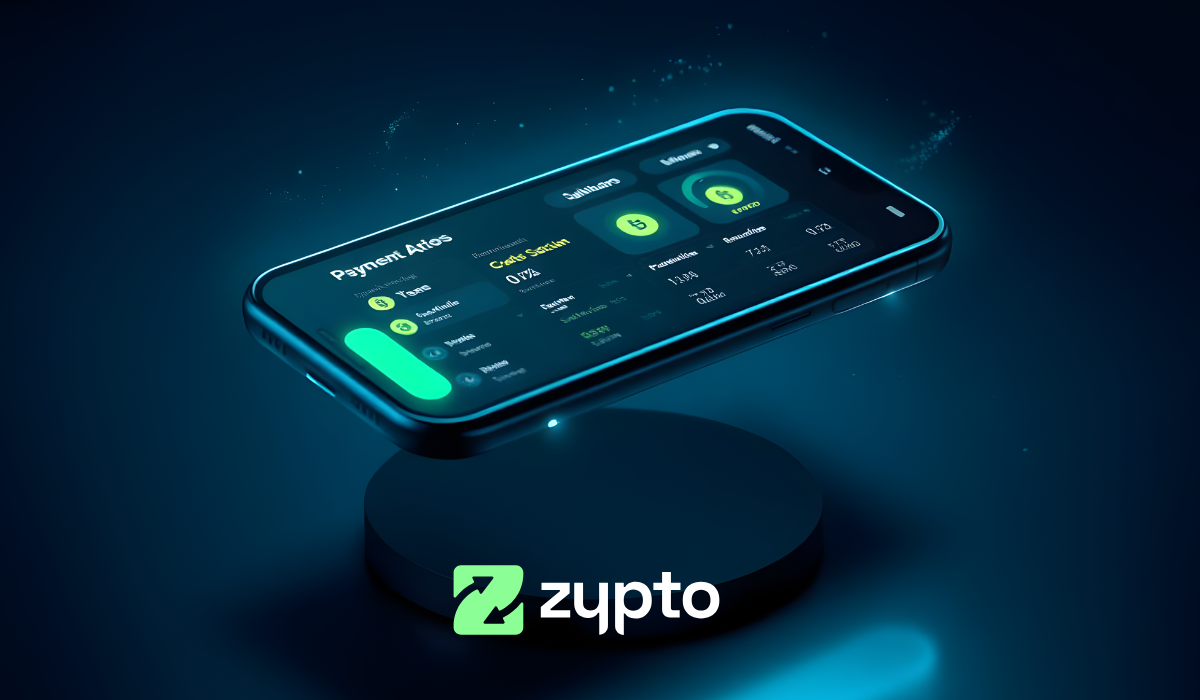
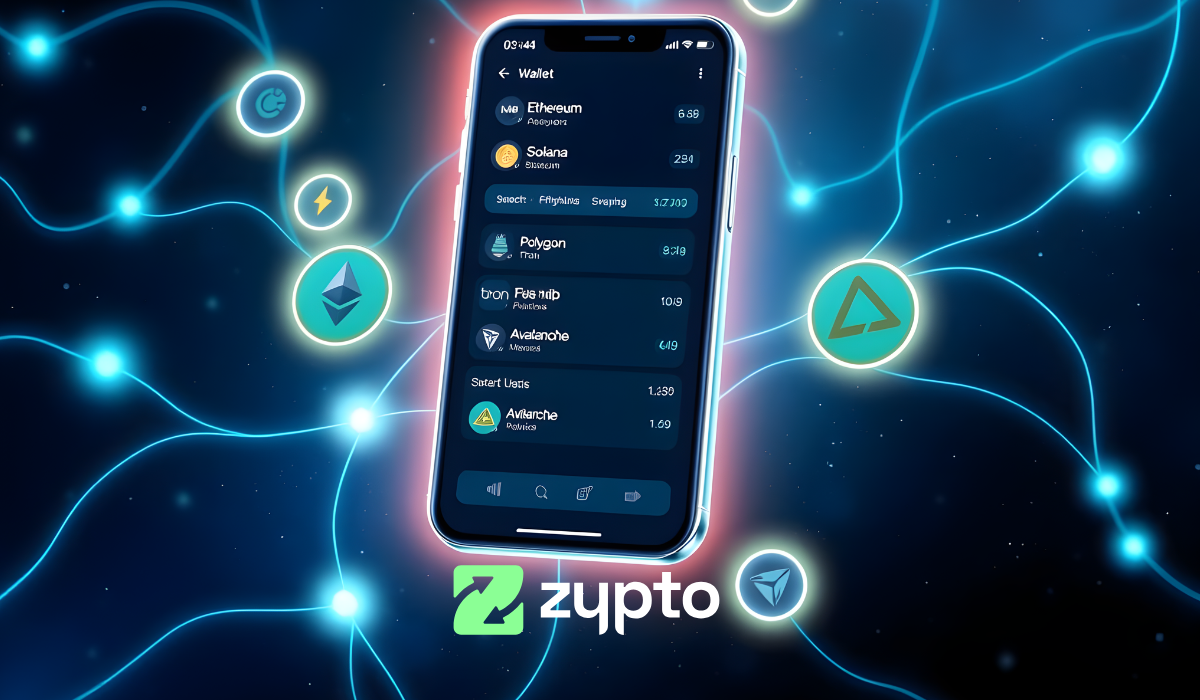

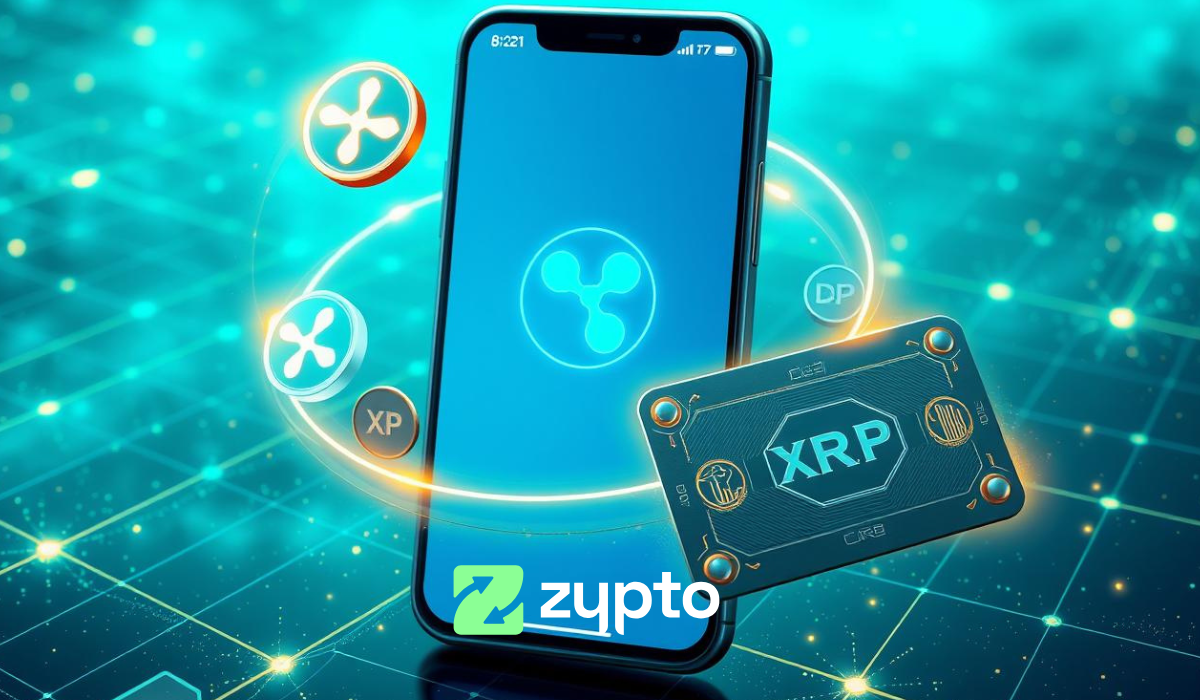

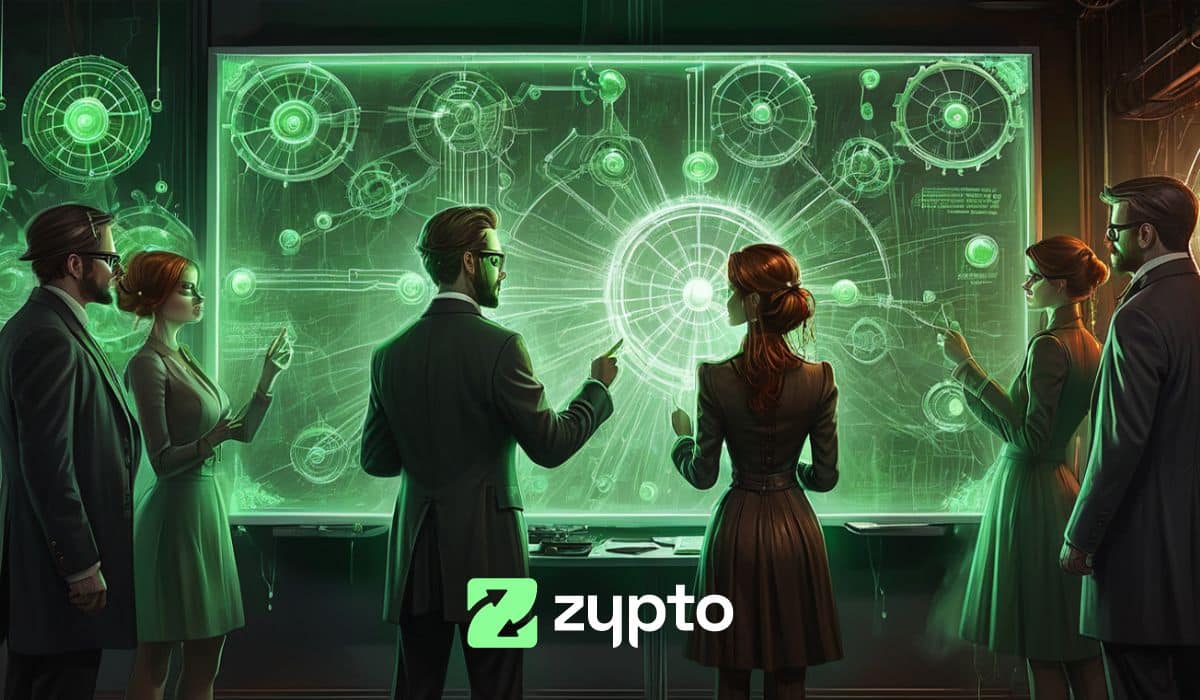
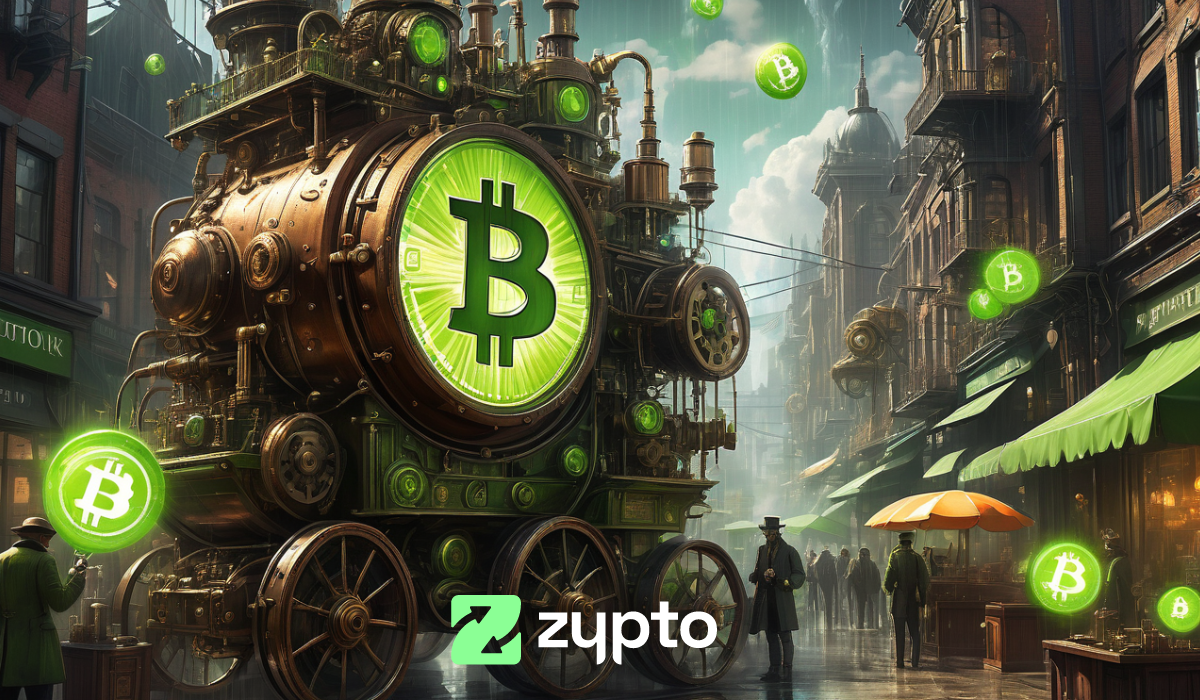










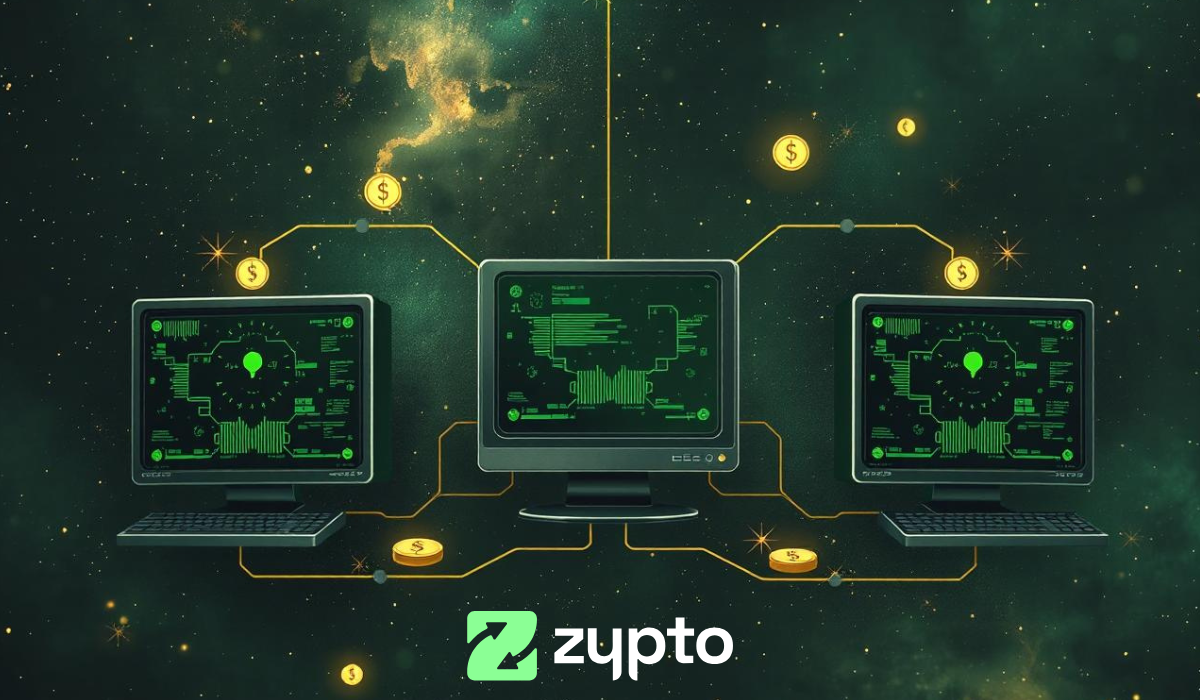
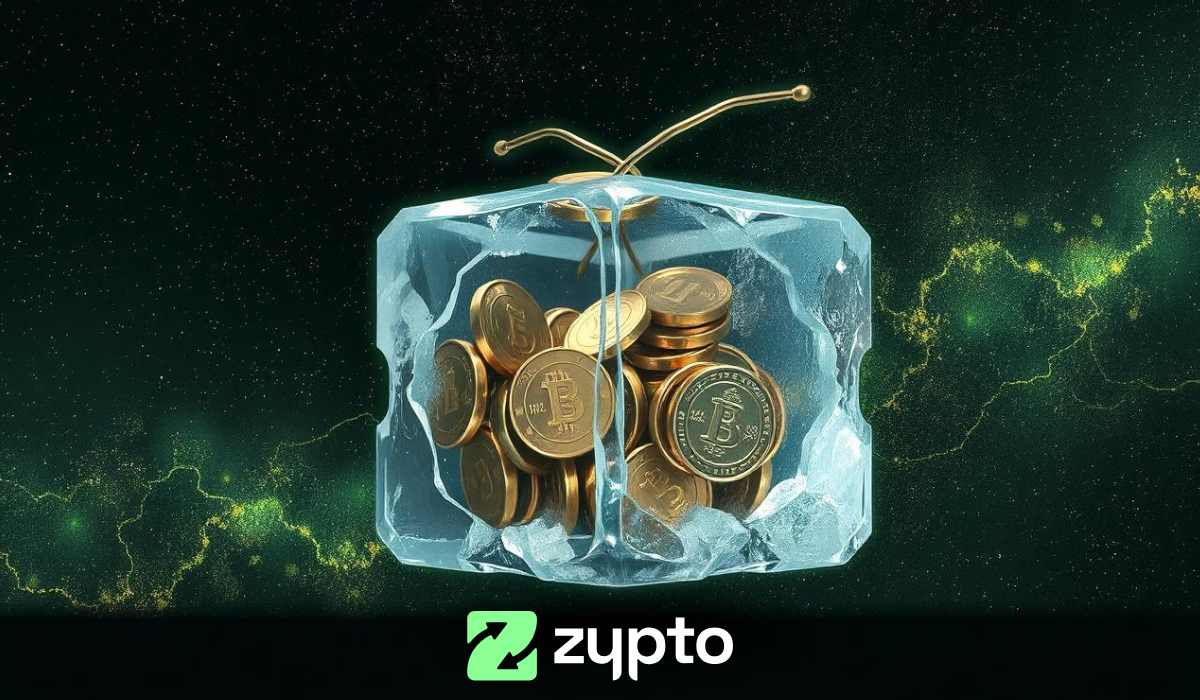






0 Comments